China has a secret presence on the dark side of the moon?
In episode 202 of the podcast “The Shawn Ryan Show” founded and hosted by former US Navy SEAL Shawn Ryan, retired US Air Force Lieutenant General Steve Kwast - now CEO of SpaceBilt - shocked the world when he revealed that China is secretly mining helium-3 on the dark side of the moon, which cannot be observed from Earth.
China has been on the far side of the moon for at least two years, and “one thing is for sure, they are mining helium-3,” according to Kwast.
Helium-3, an isotope that is extremely rare on Earth but abundant on the moon, could provide humanity with virtually unlimited clean energy for millennia, Kwast said. More importantly, it is the only element capable of cooling quantum computers to the extremely low temperatures that allow them to operate efficiently.
Kwast warns that if China controls this resource, quantum computers will operate at super speed and they can break all global encryption systems (as well as establish super-strong encryption systems), from banking, Bitcoin to military codes, thereby leading the quantum technology race and shaping the world's economic and military future.
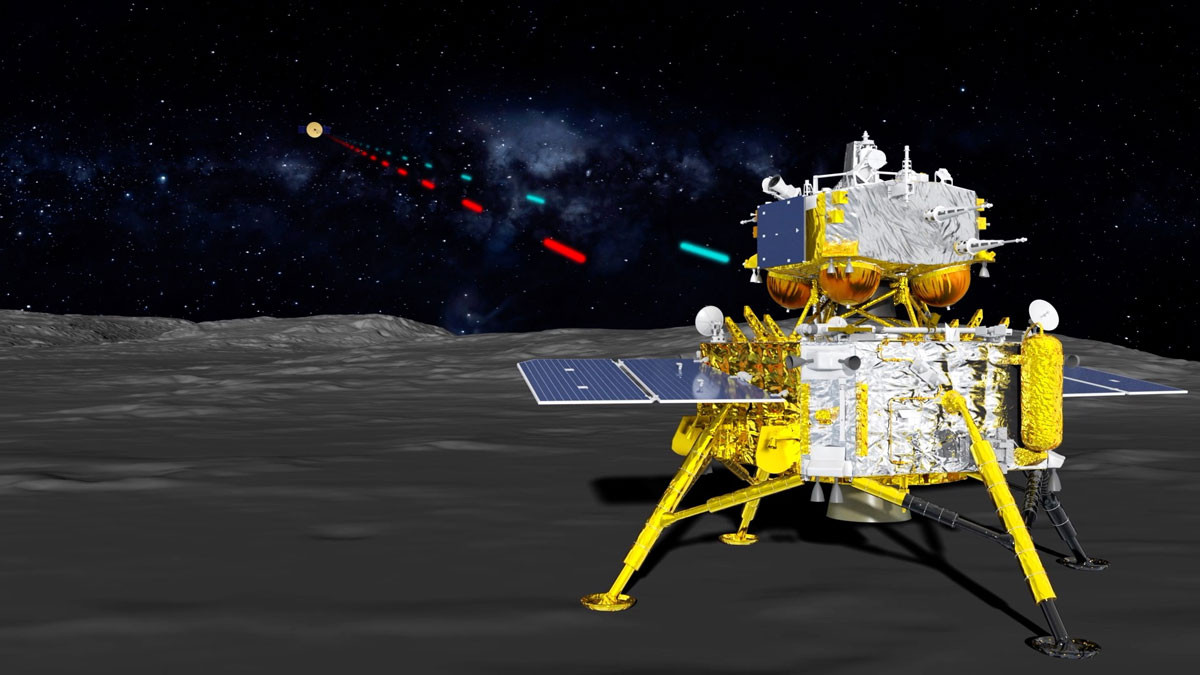
Kwast expressed frustration with the US’ lack of surveillance infrastructure, such as satellites or observational instruments, to monitor Chinese activity on the dark side of the moon. The US is said to lack a suitable long-term space technology strategy.
The race to conquer the moon, especially the dark side, is not only China's but also the US, Russia and India's. China has made significant progress.
The 2019 Chang'e 4 mission marked the first time humanity made a soft landing on the far side of the moon, with the Jade Rabbit 2 rover operating effectively.
In June 2024, Chang’e 6 continued to make history by collecting 1,935.3 grams of rock and soil samples from the dark region, becoming the first country to do so. These samples were displayed at the 75th International Astronautical Congress (IAC) in Milan, Italy in October 2024 and shared with universities in the US, Germany, Japan, France, the UK and Pakistan, demonstrating scientific cooperation despite geopolitical tensions.
Meanwhile, the US Artemis program, which aims to return astronauts to the moon by 2027, is facing delays due to budget cuts, especially with the Gateway orbital space station.
Russia, which had considered joining Artemis, has shifted to cooperating with China since 2021, with plans to build an International Lunar Research Station (ILRS) by 2036, using a small nuclear reactor.
India also asserted its position with the Chandrayaan-3 mission, successfully landing near the lunar south pole in August 2023, at a cost of just $74 million, compared to Artemis's massive $93 billion budget plan by 2025.
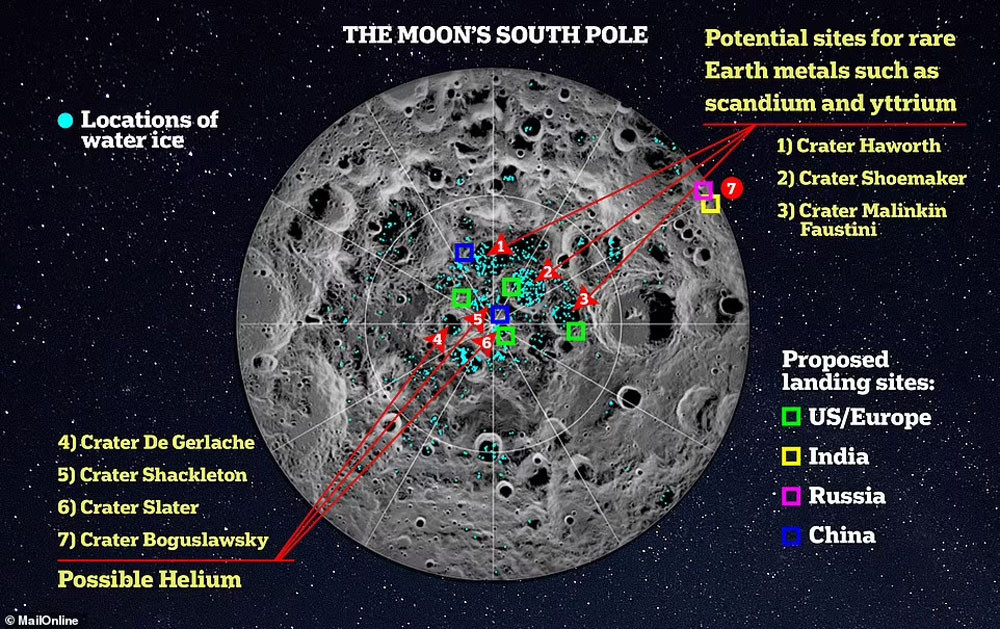
Economic impact and strategic position in the 21st century
The race to conquer the dark side of the moon is not only a technological one but also an economic and geopolitical one. The dark side of the moon, with its potential water ice and helium-3, is considered a "cosmic gold mine".
Water ice can be split into oxygen and hydrogen, creating space fuel that could support permanent settlements, mining, and missions to Mars. Helium-3, Kwast notes, is more than just a clean energy source. It’s also the key to quantum technology, which could shape the future of encryption and cybersecurity.
China, with its Chang’e missions and joint ILRS plans with Russia, is building a long-term strategy to dominate space. The April 2025 China-Russia agreement on a nuclear power plant on the moon, scheduled for completion in 2036, is a major step toward powering the ILRS base.
Some 17 countries have expressed interest or are involved in the ILRS plan, from Egypt to Pakistan to South Africa, and ILRS is becoming a strategic counterweight to the US Artemis program. While the US focuses on cooperation with Western allies, China and Russia are expanding their influence in the Middle East, South Asia and Africa, creating a diverse network of partners.
Economically, control of lunar resources could be a game-changer. Helium-3, if harnessed efficiently, could provide energy for millennia, reducing dependence on fossil fuels and fostering a sustainable space economy.
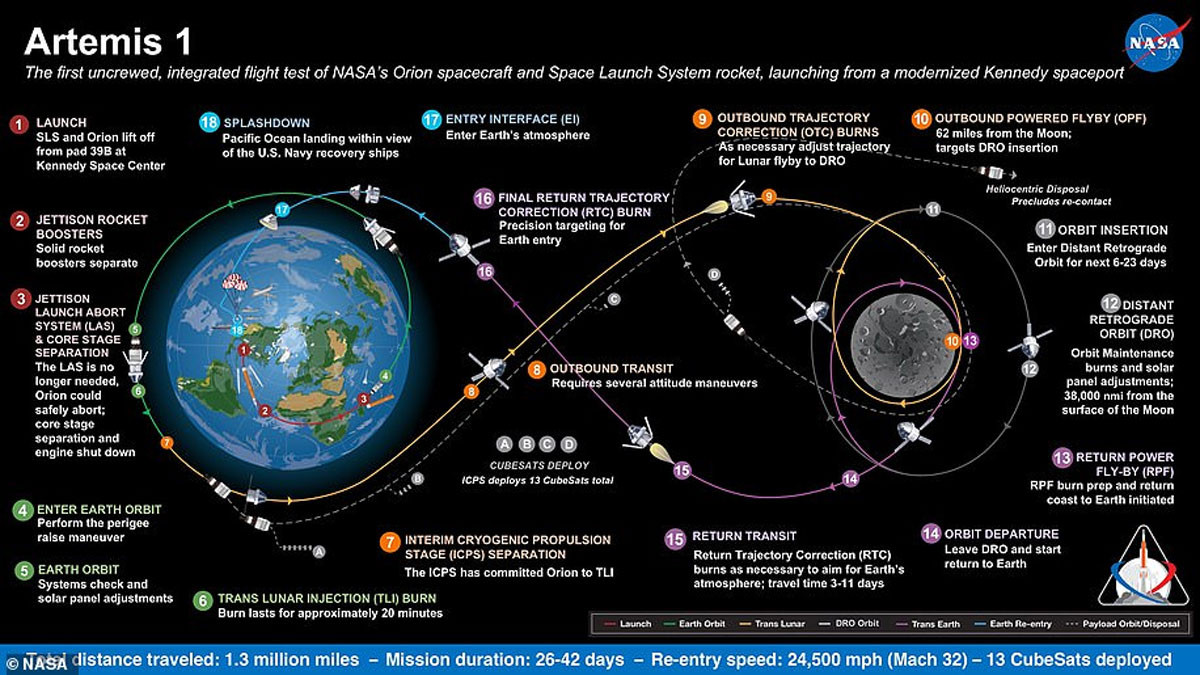
Furthermore, quantum computers using helium-3 will achieve super-fast speeds that can break current encryption systems, providing strategic advantages in the fields of finance, military and cybersecurity.
The global space market, currently worth about $350 billion, could reach $1 trillion by 2040, according to Morgan Stanley estimates. Whichever country takes the lead in exploiting lunar resources will capture the lion's share of these economic benefits.
Geopolitically, the lunar race is reshaping the balance of power. The US, with its Artemis program, still holds the edge in technology and experience, but delays and budget cuts could cost Washington its lead.
Meanwhile, China, with its rapid investment ($12 billion for its space program by 2022) and multilateral cooperation strategy, is rising strongly. India, with its low costs and the success of Chandrayaan-3, is also becoming a formidable competitor, especially in the field of low-cost technology.
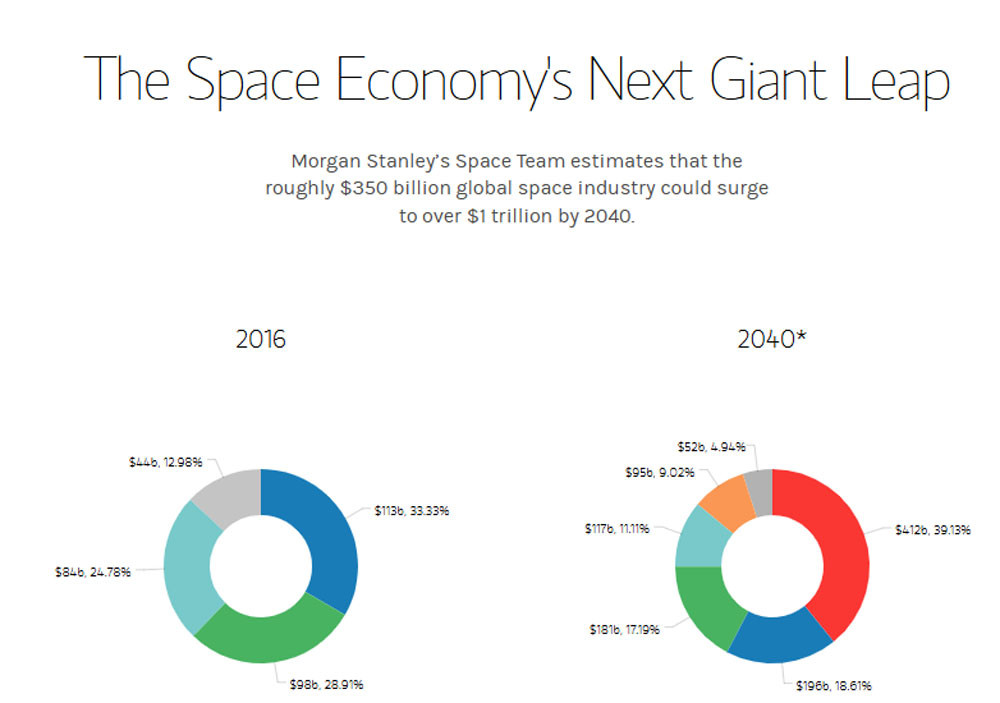
However, the race also poses challenges to international law. The 1967 Outer Space Treaty stipulates that the moon is the common property of mankind, but lacks a clear mechanism for dividing resources.
If one country, such as China, monopolizes helium-3 mining, it could lead to global tensions and the risk of conflict. Establishing fair mining standards and preventing monopolies are key to maintaining peace in space.
It is clear that the dark side of the moon is becoming the focus of economic and geopolitical warfare between the superpowers. Controlling helium-3 and water ice not only brings huge economic benefits but also shapes the strategic position in the 21st century.
The United States may have to step up its investment in space projects as China, Russia and India accelerate in a race that could shape power and the future of humanity.
Source: https://vietnamnet.vn/trung-quoc-co-buoc-tien-vuot-bac-nong-cuoc-dua-ty-usd-toi-vung-toi-mat-trang-2404711.html








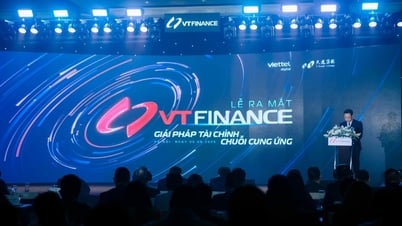


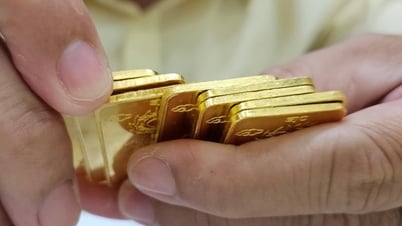





































































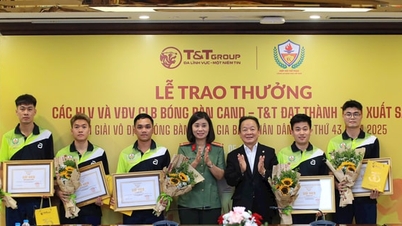











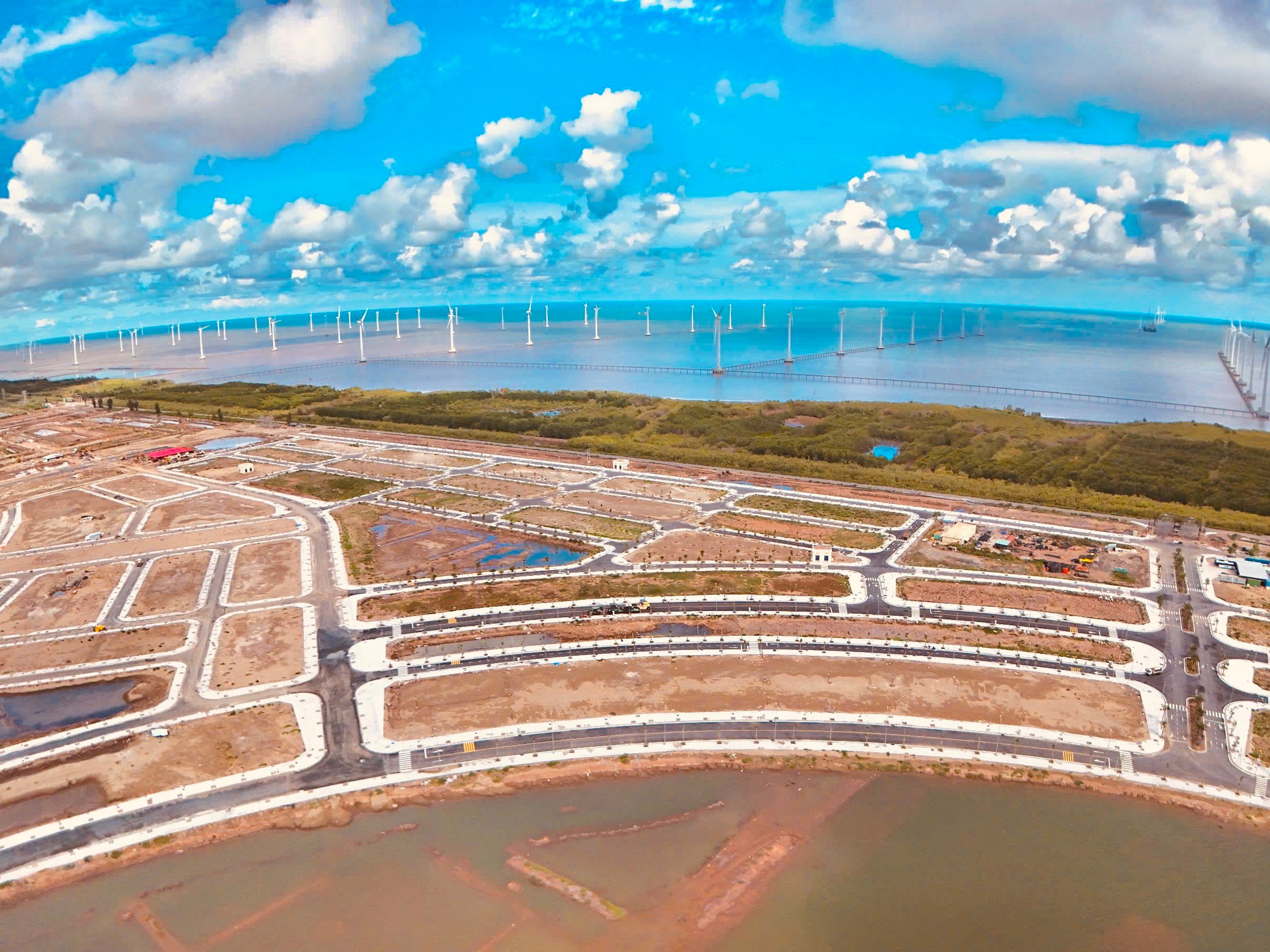
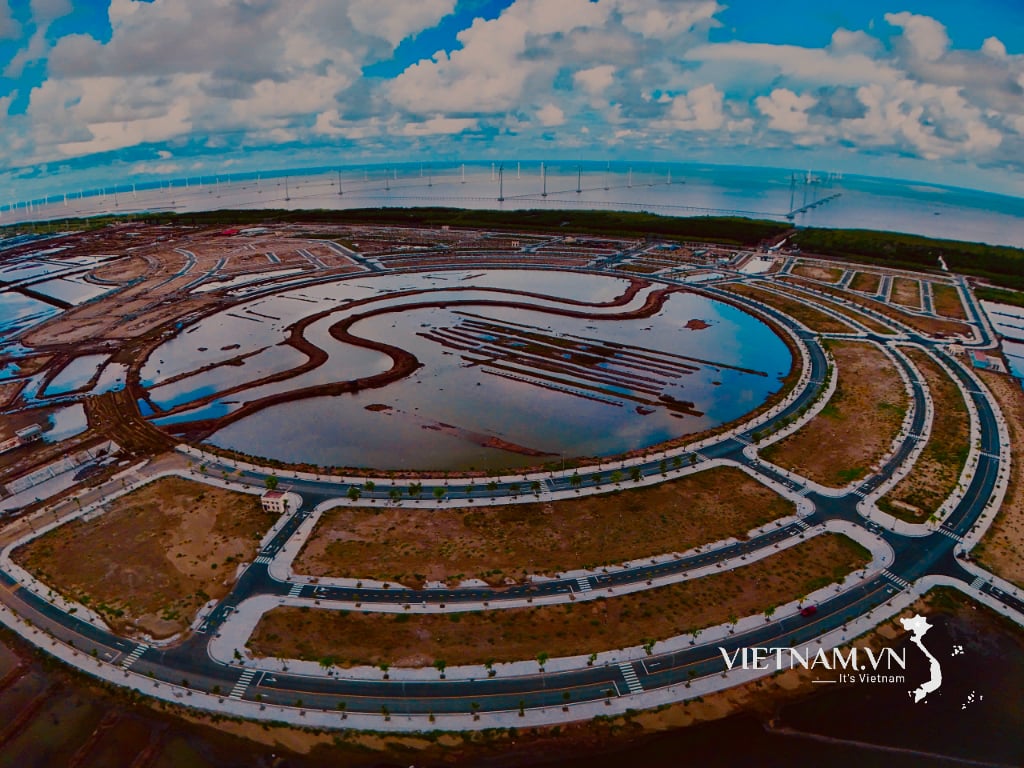


Comment (0)